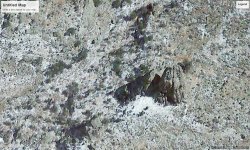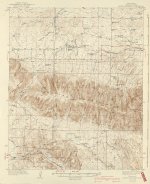- Feb 8, 2008
- 61
- 62
- Detector(s) used
- Whites MXT-Fisher 2 box & others
- Primary Interest:
- All Treasure Hunting
I am looking for someone who would like to search the Seven Cabins area with metal detectors.
It is a site high up on in the Capitan Mountains about 50 miles west of Roswell, NM.
It is a site high up on in the Capitan Mountains about 50 miles west of Roswell, NM.
Amazon Forum Fav 👍
Attachments
Last edited:








